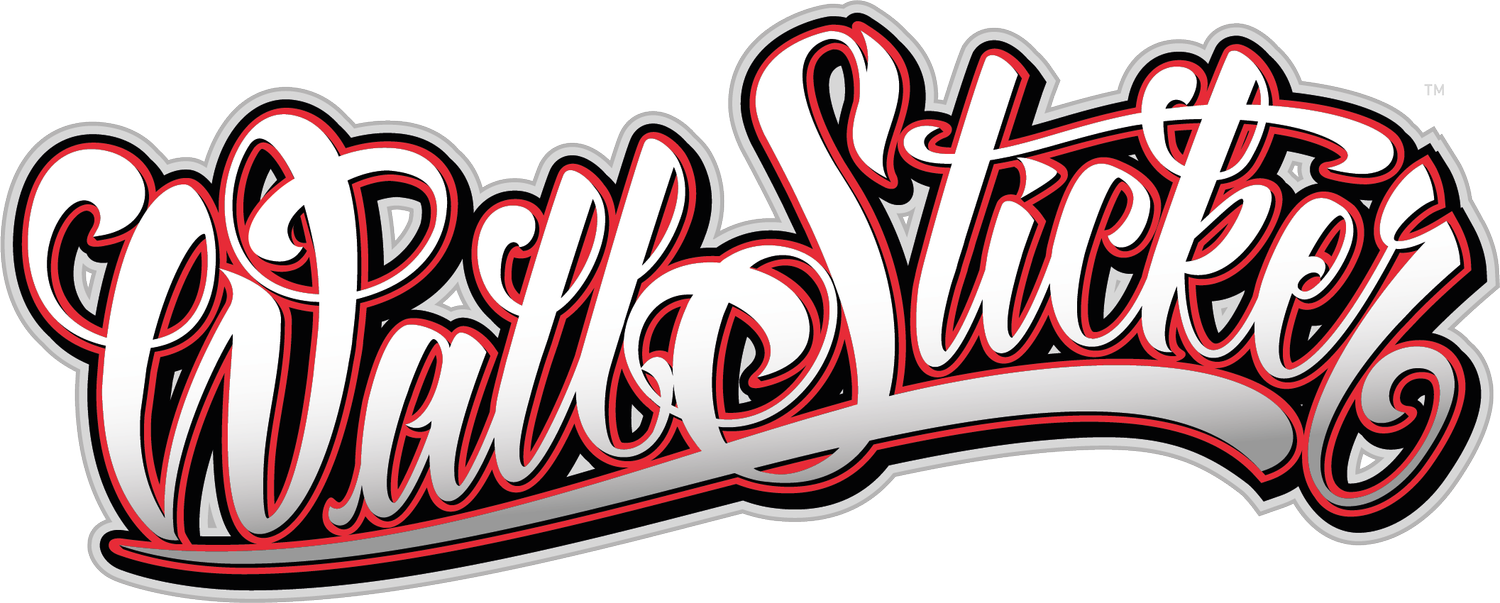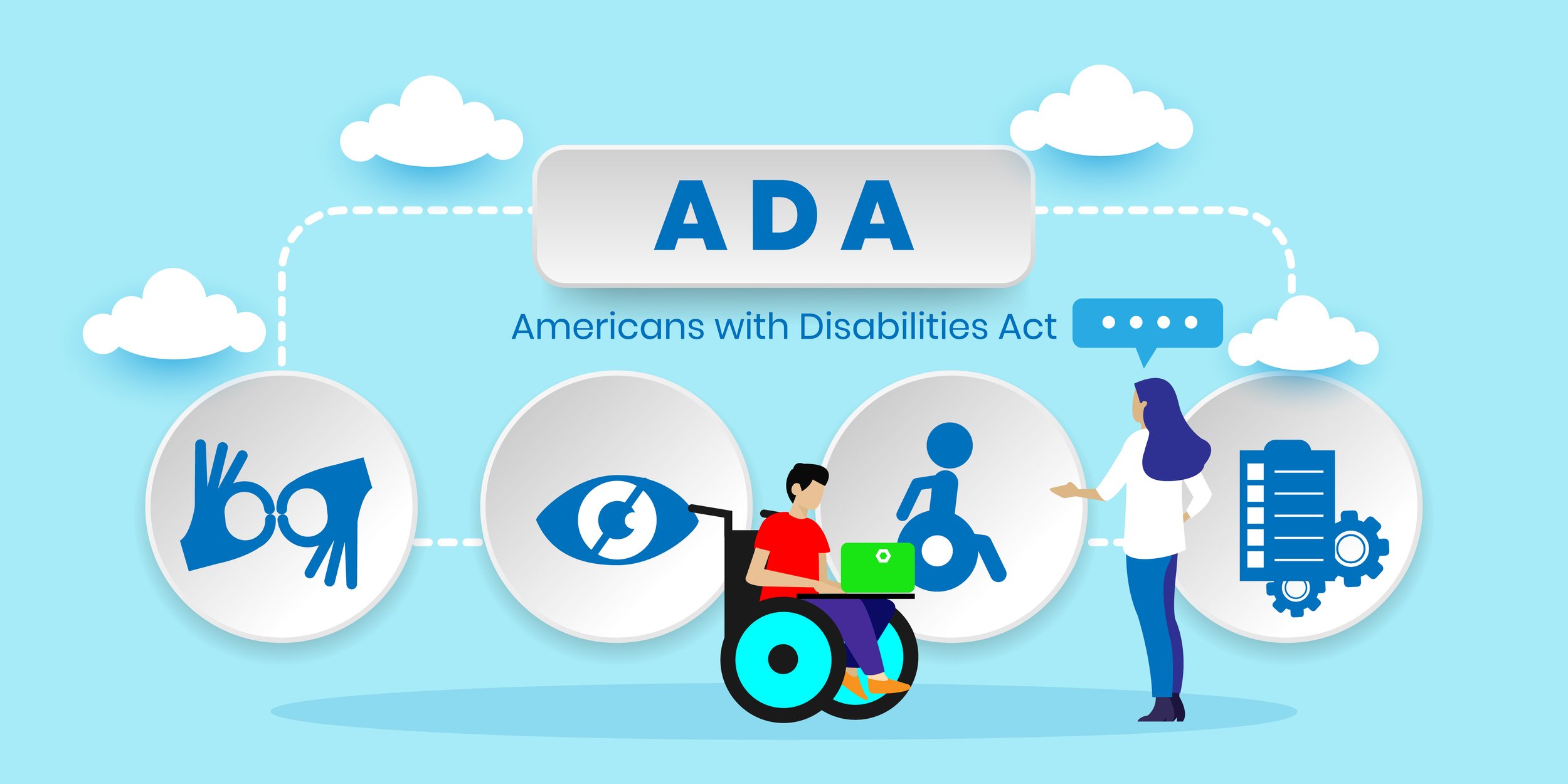What Makes Signage ADA Compliant?
When it comes to signage for public buildings and commercial spaces, design and branding aren’t the only priorities—accessibility is legally required. The Americans with Disabilities Act (ADA) sets specific standards for signage to ensure that people with visual impairments or other disabilities can navigate spaces safely and independently.
Whether you're managing a retail space, office, medical facility, or restaurant, understanding what makes signage ADA compliant is crucial to staying legal—and inclusive.
What Is ADA-Compliant Signage?
ADA-compliant signage refers to any sign that meets the accessibility guidelines established by the Americans with Disabilities Act (ADA). These rules apply primarily to signs that identify permanent rooms, exits, and accessible features in public spaces.
It’s not just about adding braille—ADA compliance includes size, color contrast, mounting height, tactile lettering, and more.
Key Features of ADA-Compliant Signage
1. Tactile (Raised) Characters
Letters and numbers must be raised at least 1/32 inch
Must be san serif (simple fonts without decorative flourishes)
All characters must be uppercase
This helps people who are blind or have low vision read signage by touch.
2. Braille
Grade 2 Braille is required and must be placed directly below the corresponding text
Must be domed and rounded (not flat or etched)
Required on signs that identify permanent rooms, like restrooms, conference rooms, or storage areas.
3. High Color Contrast
Sign text must contrast sharply with the background color
Example: White text on a dark blue background
This ensures readability for people with limited vision.
4. Non-Glare Finish
Signs must have a matte or non-glare finish
Glossy or reflective surfaces can make signs unreadable under certain lighting conditions
Reduces visual strain and increases legibility.
5. Font and Size Requirements
Must use simple, sans-serif fonts like Helvetica or Arial
Letter height typically ranges from 5/8 inch to 2 inches, depending on viewing distance
Keeps text legible for a broad range of users.
6. Installation Height and Location
Tactile signs must be mounted so the baseline of the lowest character is at least 48 inches above the floor, and the highest character no more than 60 inches above the floor
Signs should be installed on the latch side of the door when applicable
This ensures that all users—including those in wheelchairs—can reach and read the sign.
What Types of Signs Must Be ADA Compliant?
Not all signage falls under ADA regulations. Here’s a breakdown:
Required to be ADA compliant:
Room identification (e.g., Restroom, Office, Storage)
Exit signs (permanent, not emergency)
Directional and informational signs in public buildings
Accessible entrance indicators
Not required:
Temporary signs (used less than 7 days)
Brand logos or decorative signs
Marketing or promotional signage
Menu boards
Why ADA Compliance Matters
Legal Requirement: Non-compliance can result in fines and legal action.
Inclusive Design: Helps ensure all people can navigate your space comfortably.
Professionalism: ADA signage shows that your business takes accessibility seriously.
Final Thoughts
ADA-compliant signage isn’t just about checking a box—it’s about creating a more inclusive environment for everyone. At Wallsticker, we specialize in designing, fabricating, and installing fully ADA-compliant signage that also aligns with your brand aesthetic.
Whether you’re opening a new location or updating an existing space, we’ll make sure your signage meets federal guidelines—and looks great doing it.
Need help with ADA signage?
Contact us today to schedule a compliance consultation.

